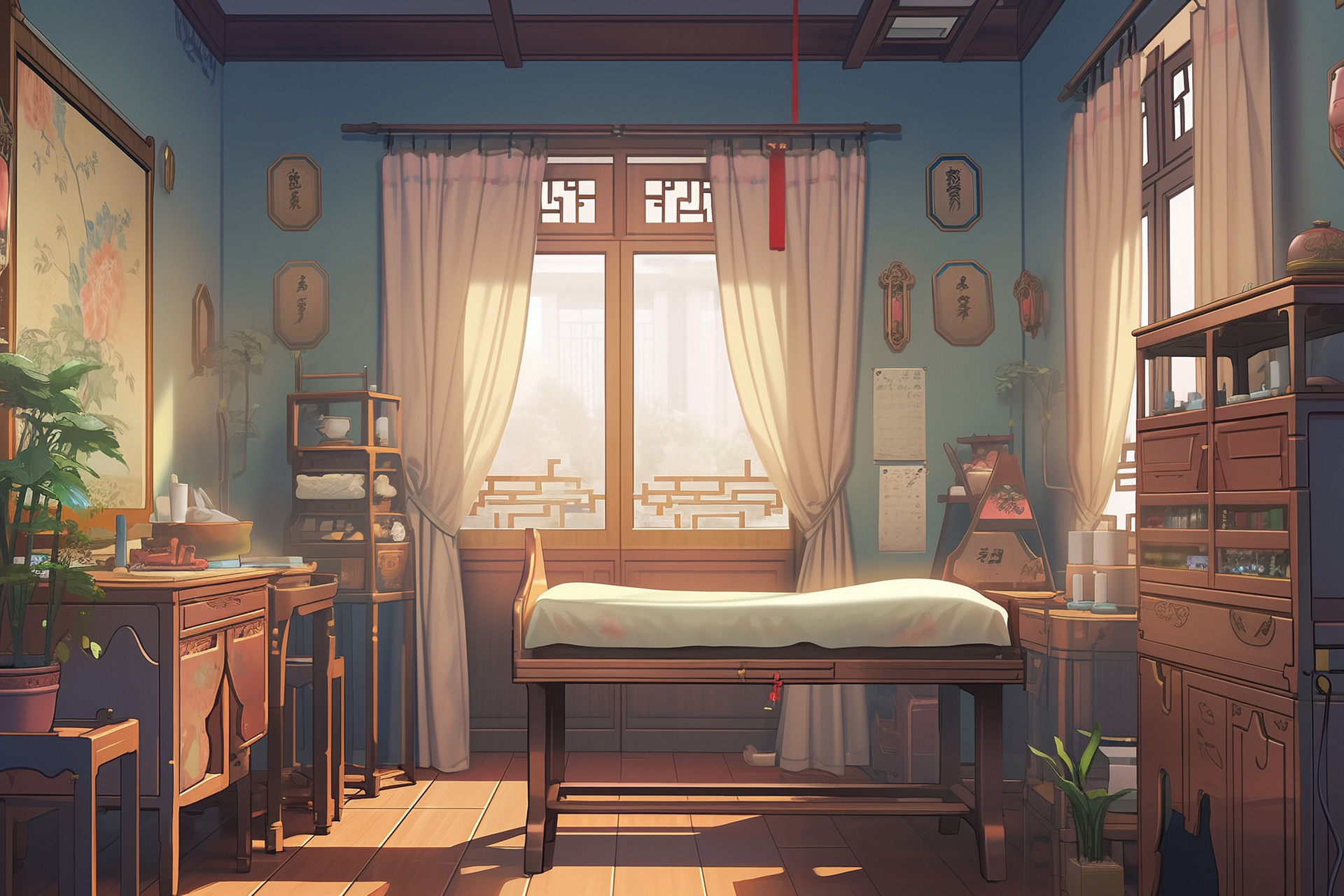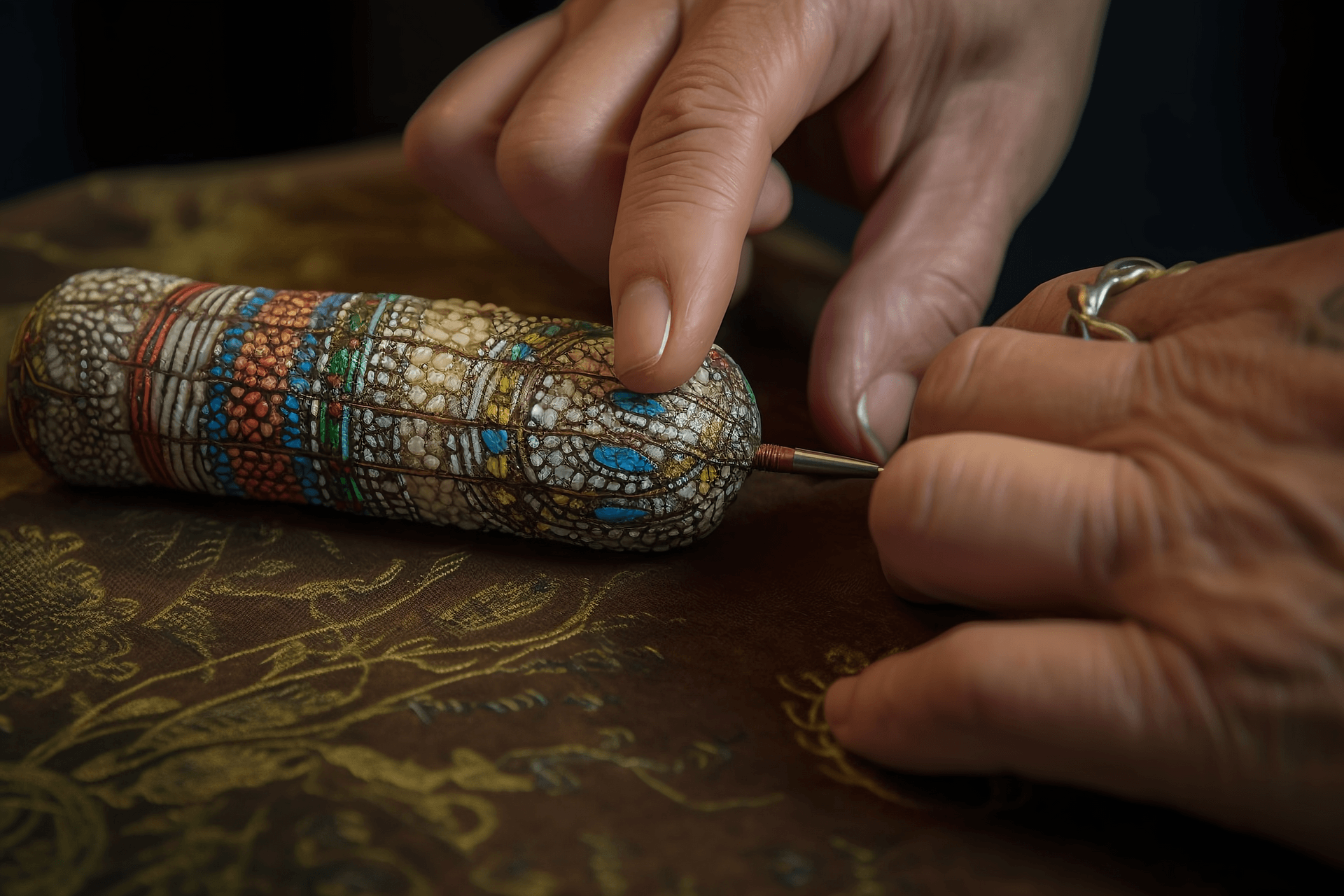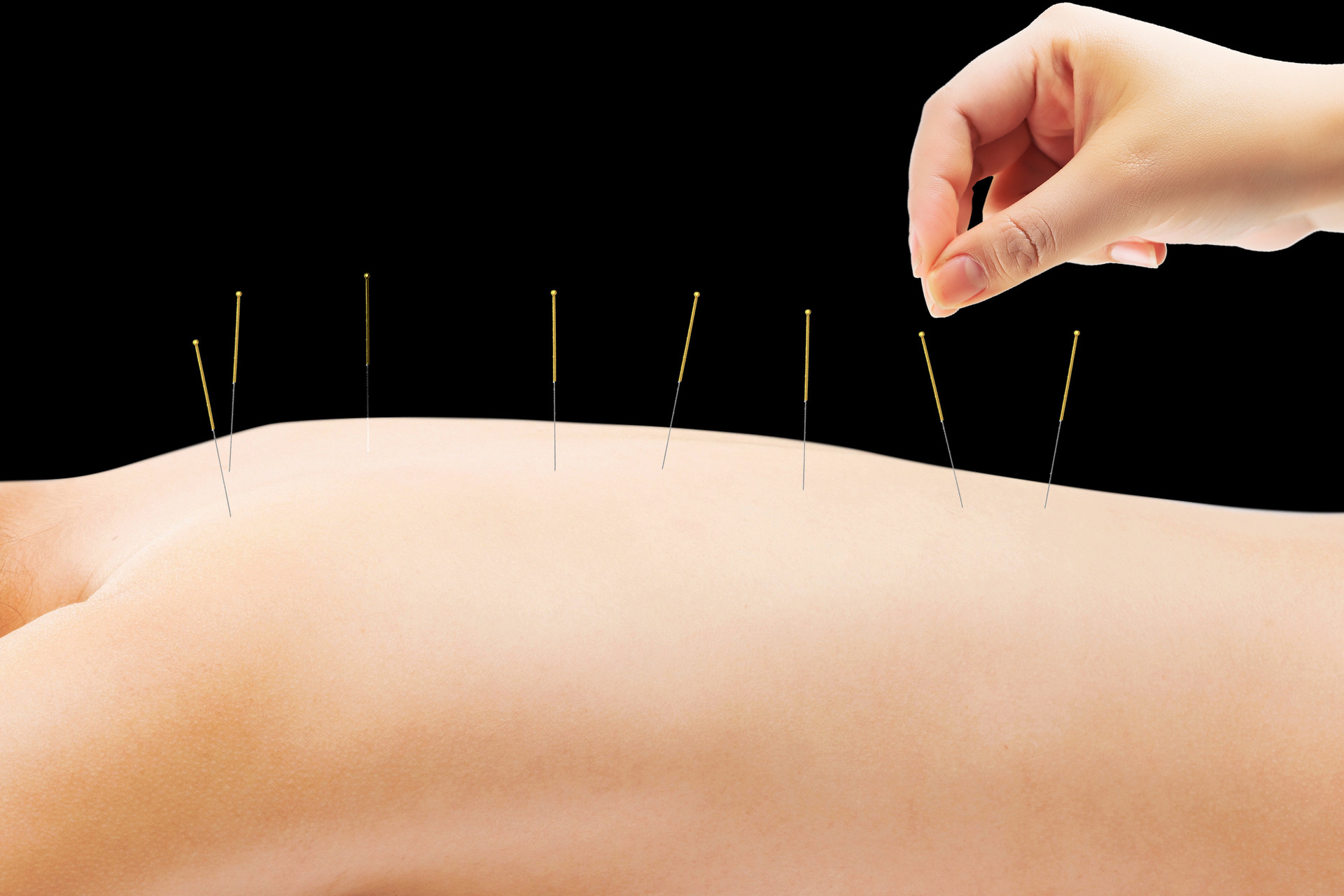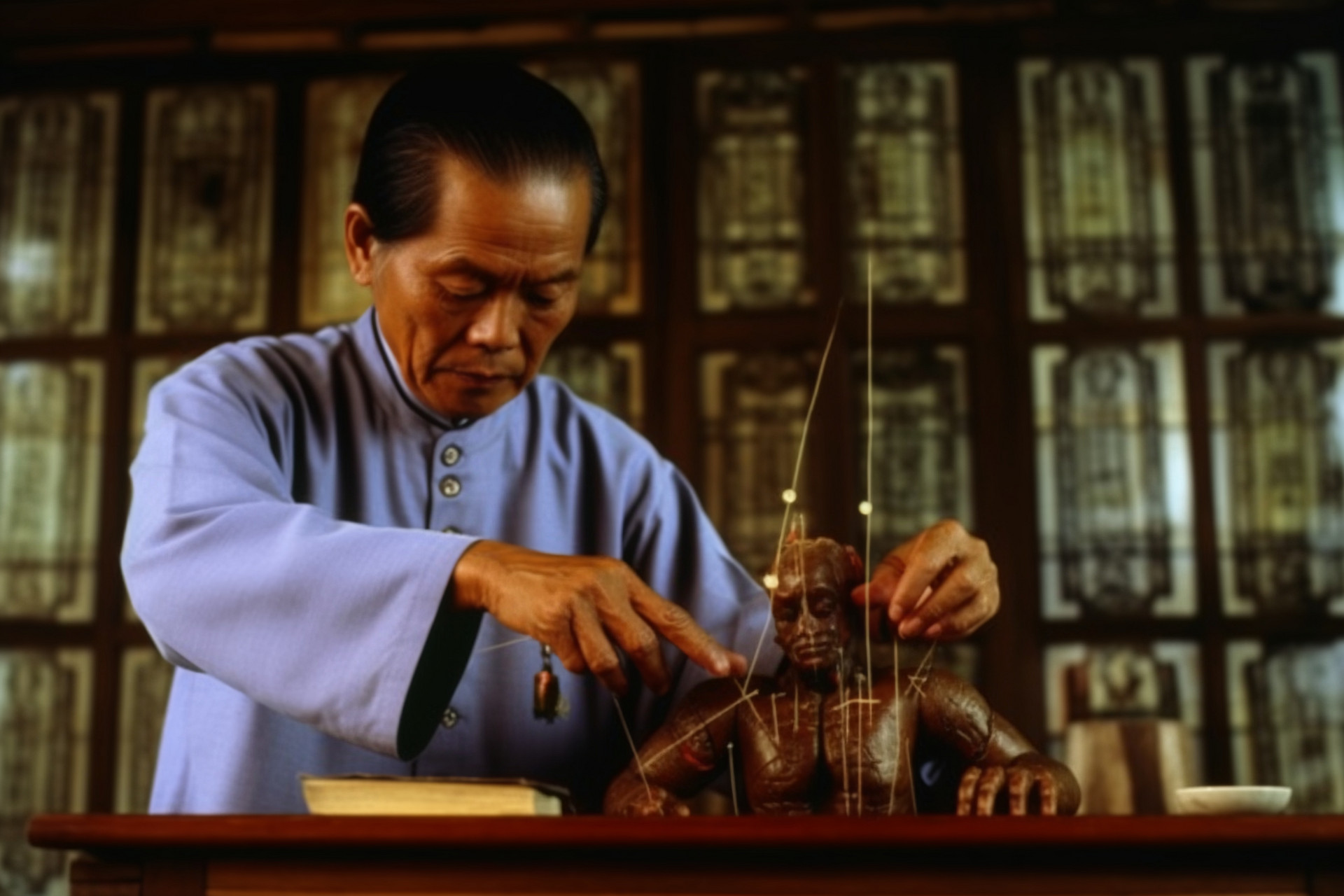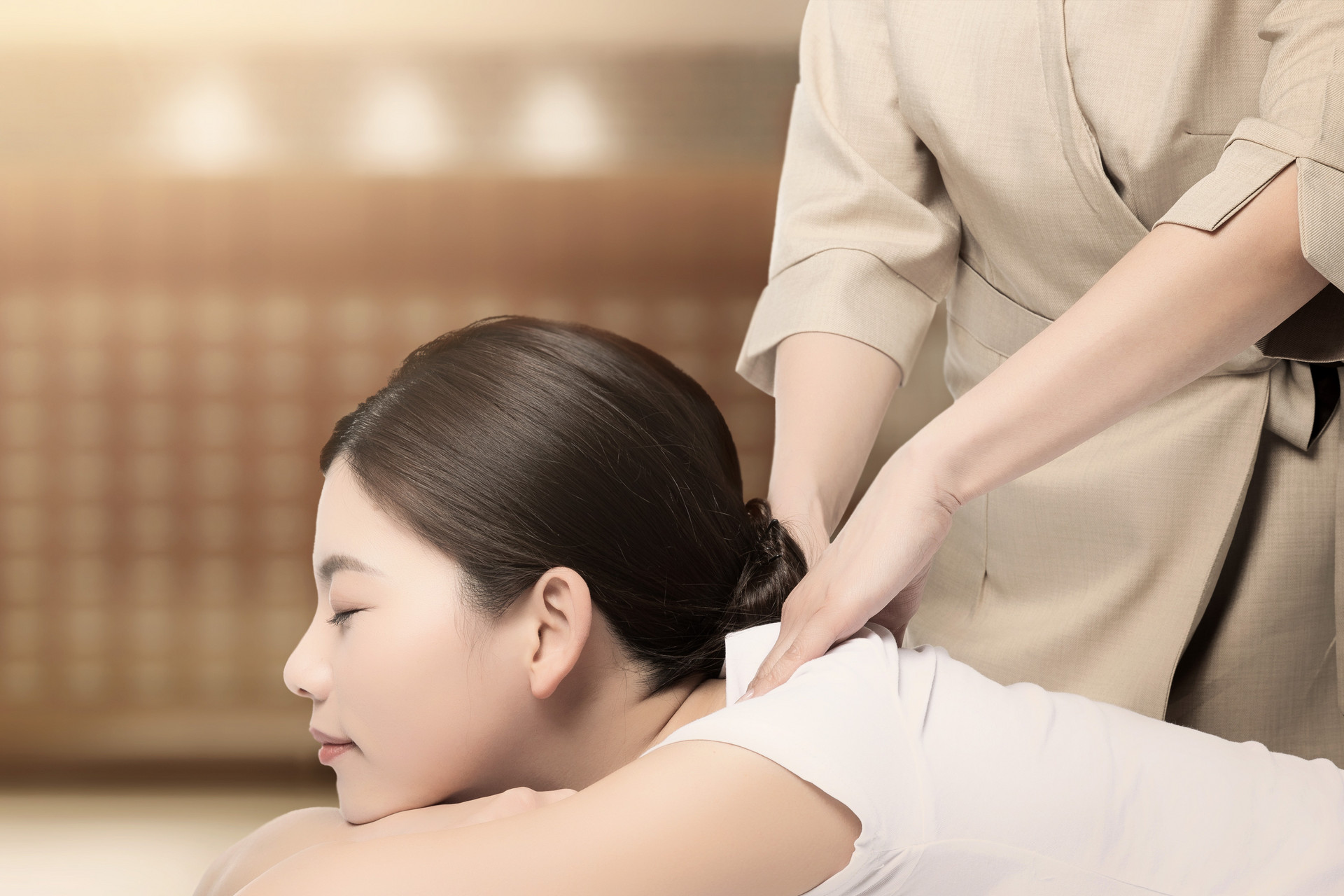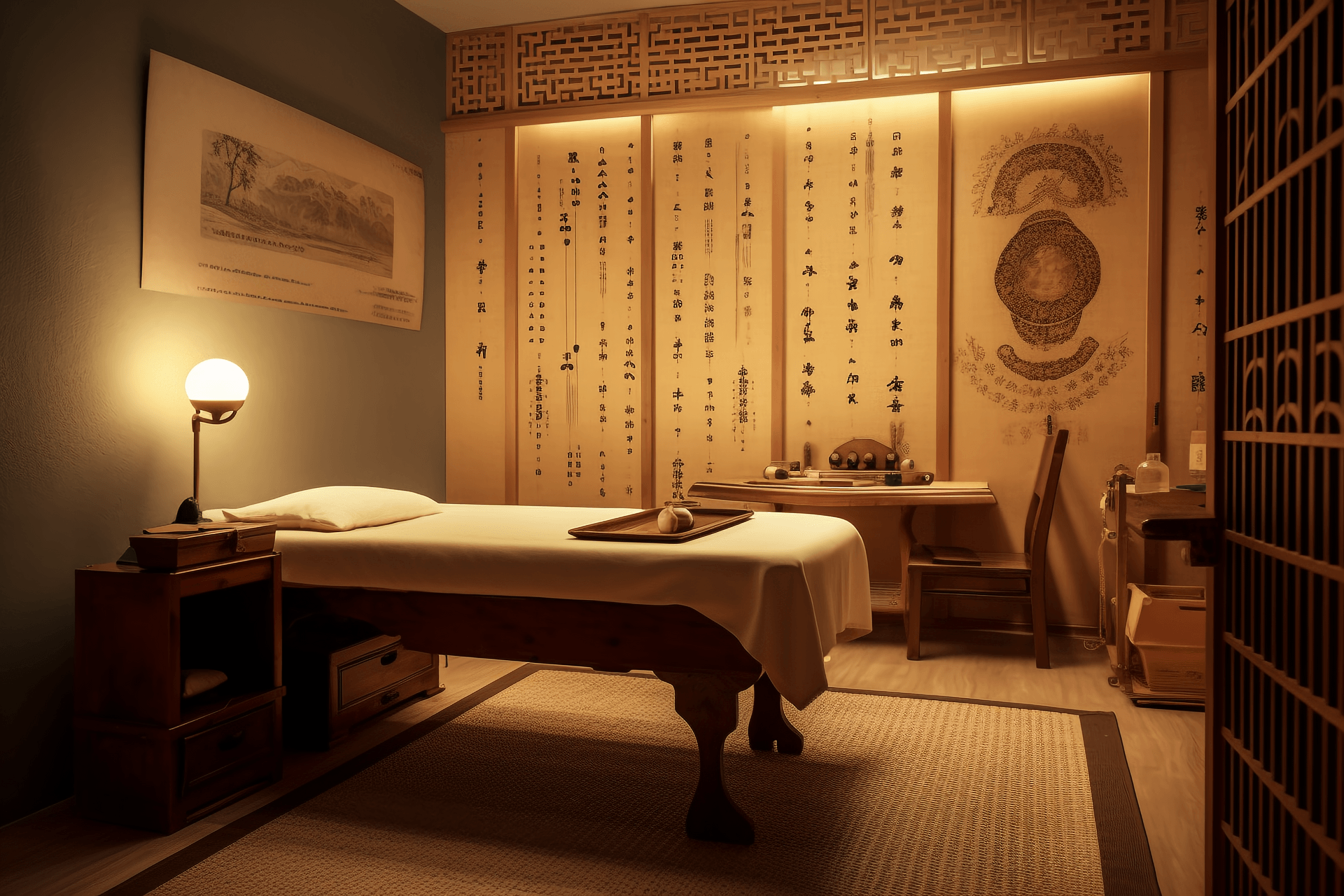Moxibustion Therapy
Moxibustion therapy is a new treatment method that combines the theories of meridians from traditional Chinese medicine with the ancient method of using a burning lamp (also known as "divine fire method") and the traditional theory of "one needle, two moxibustion, three herbal medicine". It involves using a combination of traditional Chinese medicine powder and ordinary matchsticks to create a special moxibustion "medicine matchstick". By utilizing the heat and medicinal properties, the therapy stimulates the meridian points to activate the flow of qi, mobilize positive factors in the body, and enhance the body's ability to prevent and treat diseases.
Procedure
1. Rules for selecting acupoints:
Before treating a disease, it is necessary to identify the pattern of the disease. The commonly used methods for selecting acupoints include:
- Local acupoints: Selecting acupoints in the local area of the body where there is pain or in the corresponding region of the affected internal organs. This includes meridian acupoints, extraordinary acupoints, and ahshi points. For example, shoulder pain can be treated by selecting Jianyu acupoint; asthma can be treated by selecting Fengmen and Feishu acupoints; stomach pain can be treated by selecting Zhongwan acupoint; knee pain can be treated by selecting Xiyangquan and Yanglingquan acupoints, etc.
- Distant acupoints: Selecting acupoints along the meridians and away from the affected area when there is a pathological change in the meridians or internal organs. Generally, acupoints below the elbow and knee are selected.
- Experienced acupoints: Certain acupoints have specific effects on certain symptoms, which are valuable experiences summarized by generations of doctors in clinical practice. Treating according to these experiences is called symptomatic treatment. For example, selecting Dazhui acupoint for fever; Hegu and Fuliu acupoints for excessive sweating; Houxie acupoint for night sweats, etc.
- Acupoints based on pattern identification: This method is based on the four diagnostic methods and eight principles of traditional Chinese medicine. First, determine the pattern of the disease and then select acupoints for treatment accordingly.
In general, moxibustion therapy follows the same principles as acupuncture, but it mainly focuses on ahshi points and the reaction points of internal organs on the body surface.
5. Disease prevention and health maintenance: Long-term moxibustion on Zusanli, Guanyuan, and Qihai acupoints can enhance the body's immune system and achieve the goal of disease prevention and health maintenance.
2. Methods:
- Flash moxibustion: Ignite the match head, quickly touch the selected acupoint with a fast motion, and then quickly remove it after hearing a "pop" sound, indicating success.
- Retained moxibustion: Ignite the match head, quickly apply it to the acupoint, and release the hand. The matchstick will adhere to the acupoint and can be removed after a short period of time.
Commonly Treated Diseases:
1. Headache: Moxibustion on Fengchi and ahshi points can result in complete recovery after one treatment.
2. Dizziness: Moxibustion on Baihui, Fu Zang Xiang Ying, and Yun Ting points can result in complete recovery after one treatment.
3. Diarrhea: Moxibustion on the four sides of the umbilicus can be performed every other day for five times as one course of treatment.
4. Epigastric pain: Moxibustion on Zhongwan, Shangwan, Tianshu, Zusanli, and Shangjuxu points can be performed every other day for five times as one course of treatment.
5. Lower back pain (muscle strain): Moxibustion on the painful area can result in complete recovery after one treatment. If not, moxibustion can be repeated once daily for five times as one course of treatment.
6. Acute lymphadenitis: Moxibustion on the four points surrounding the swollen lymph node can relieve pain after one treatment. Moxibustion can be repeated once daily for five times as one course of treatment.
7. Dysmenorrhea: Moxibustion on Guanyuan, Qihai, and Sanyinjiao points can relieve pain after one treatment.
8. Mumps: Moxibustion on Jiaosun (flash moxibustion) plus Shao Shang and Shangyang bleeding can result in complete recovery after one to two treatments.
9. Submandibular pain (peritonsillar abscess): Moxibustion on six points at the prominent area on the affected side can be performed every other day for five times as one course of treatment.
10. Neurodermatitis: Moxibustion on central points of the skin lesion and surrounding edges can be performed once daily for five times as one course of treatment.
Precautions:
1. Moxibustion therapy is simple to perform and effective in treating diseases. For complex diseases, it is recommended to have a doctor diagnose and perform the moxibustion. For general pain conditions, it is sufficient to moxibustion the most obvious pain area, and patients can also perform self-treatment.
2. After moxibustion, there may be small burns that can appear yellow, black, brown, blistered or form a small pit. It will soon form a dark red scab, which will naturally fall off in about 10 to 20 days without leaving scars.
3. After moxibustion, the treated area should be kept clean to prevent infection. It is recommended to avoid water contact within three days. In rare cases, there may be oozing or even pus formation, which is mostly aseptic and does not need to be worried about. If there is a secondary infection, it can be treated with surgical methods and will heal.
4. Generally, moxibustion should not be used on the face. It should also be avoided on the waist and abdomen of pregnant women, nipples, genital area, and in cases of extreme weakness where the body has lost the ability to regulate itself.
5. Moxibustion is usually performed once every three days, while for pain conditions, it can be performed once daily, but the original moxibustion points should be avoided. Five treatments are considered one course of treatment.
6. The practitioner must be serious and focused, using both hands and eyes, to avoid inaccurate acupoint selection and unnecessary skin damage.
[Image: Moxibustion]




